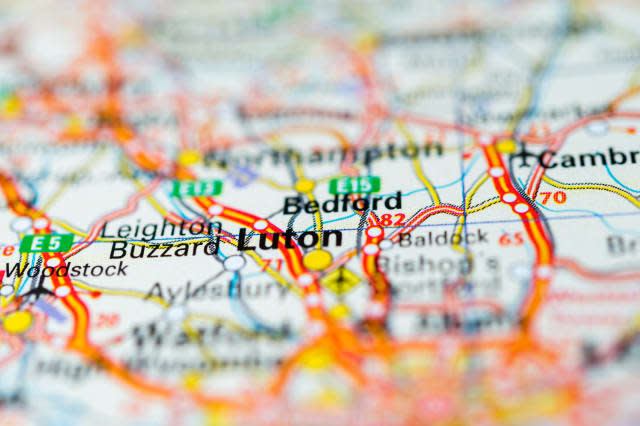The new North-South divide in house prices

The North:South divide in house prices is back - but it looks a bit different nowadays. Prices in the South of England have been struggling for months, but new figures show that they have staged an impressive comeback in some places. What's unusual is that this time round it's not London and the South East driving growth - but the South West and the East of England.
See also: Homeowners stay put amid economic fears
See also: Would-be home buyers frustrated by sold boards
The LSL Property Services house price index, doesn't exactly show robust price growth across the country. Annual price rises have hit 3.8%, but fell in June for the third month in a row - in that time prices have fallen by an average of £2,358.
However, in the East of England the picture is looking rosier. The East has driven growth for over a year now, and in June prices rose 0.3% - taking annual rises to 6%. There was impressive growth in Norfolk (up 10%), Luton (7%) and Bedfordshire (8%). The East has also seen the greatest increase in transactions over the past two years. Peterborough, for example, saw sales 31% higher than the same period in 2015.
In the West, the growth tends to be in the South - which is the region with the second fastest growth - at 5.4%. It has seen prices rise 11.5% in Bath and North East Somerset, 8,1% in Cornwall and 7.7% in Devon.
Slower growth
Meanwhile, the North and Wales have seen growth below the average. The slowest growth of all is in the North East, where prices were static last month and up just 1.4% in a year. This is followed by Wales where prices fell 1.1% last month, and rose just 2% in a year, and Yorkshire and the Humber, where they are up 2.6% in a year. Price rises are also sluggish in the North West at 3.8% in a year.
In the South East, meanwhile, London has seen prices drop 0.5% in a month and rise just 3.4% over the year - although Prime Central London seems to be staging a comeback. In the South East region more generally, meanwhile, prices are down 0.1% in a month and up 4.8% in a year.
Why?
The North:South divide has long been a feature of the property market. Incomes are generally lower in the North, employment less plentiful, and confidence in the housing market lower - all in large part due to industrial decline in the region, and a focus on infrastructure in the South.
When work is less secure and less well paid, it naturally applies a brake on house prices. In the South, meanwhile, a long history of house price rises has instilled more confidence in owners, who have higher incomes and more secure jobs that enable them to pay ever-increasing prices.
This time, however, we are seeing the impact of just how far and how fast prices have risen in Greater London and the South East. It seems they have reached an affordability threshold, and as a result, more buyers are considering the East of England and parts of the South West as far more affordable commuter belt. Meanwhile, further South and West, we are also seeking the impact of pensioner wealth, as key retirement spots continue to boom.




